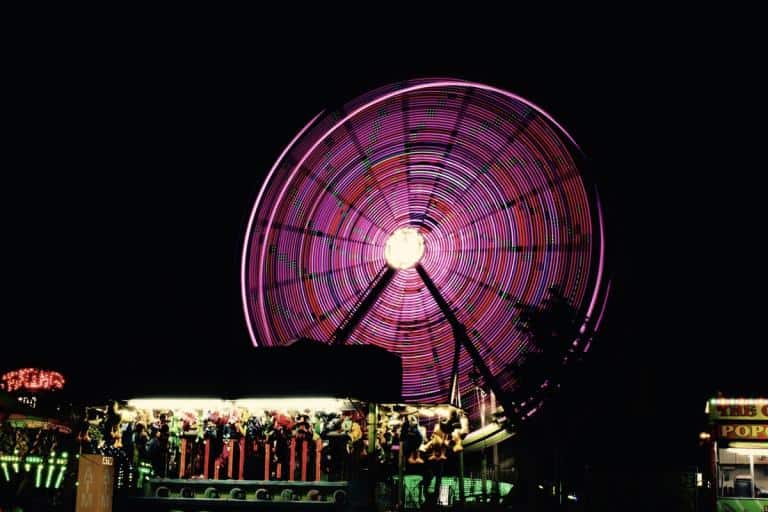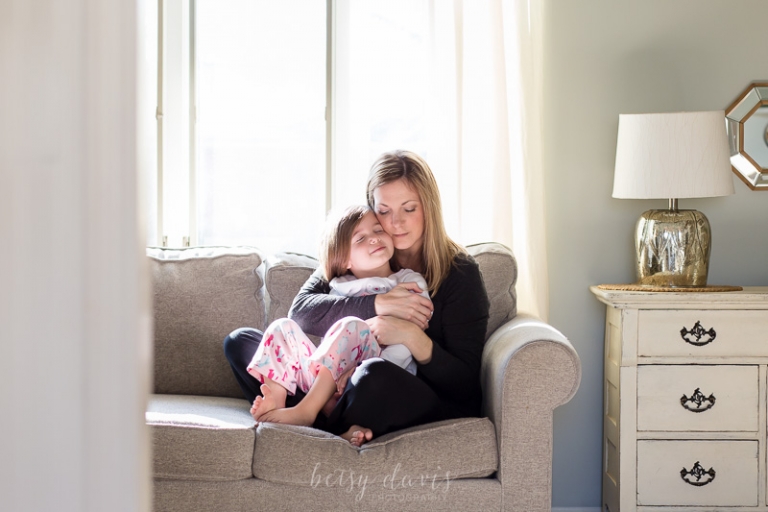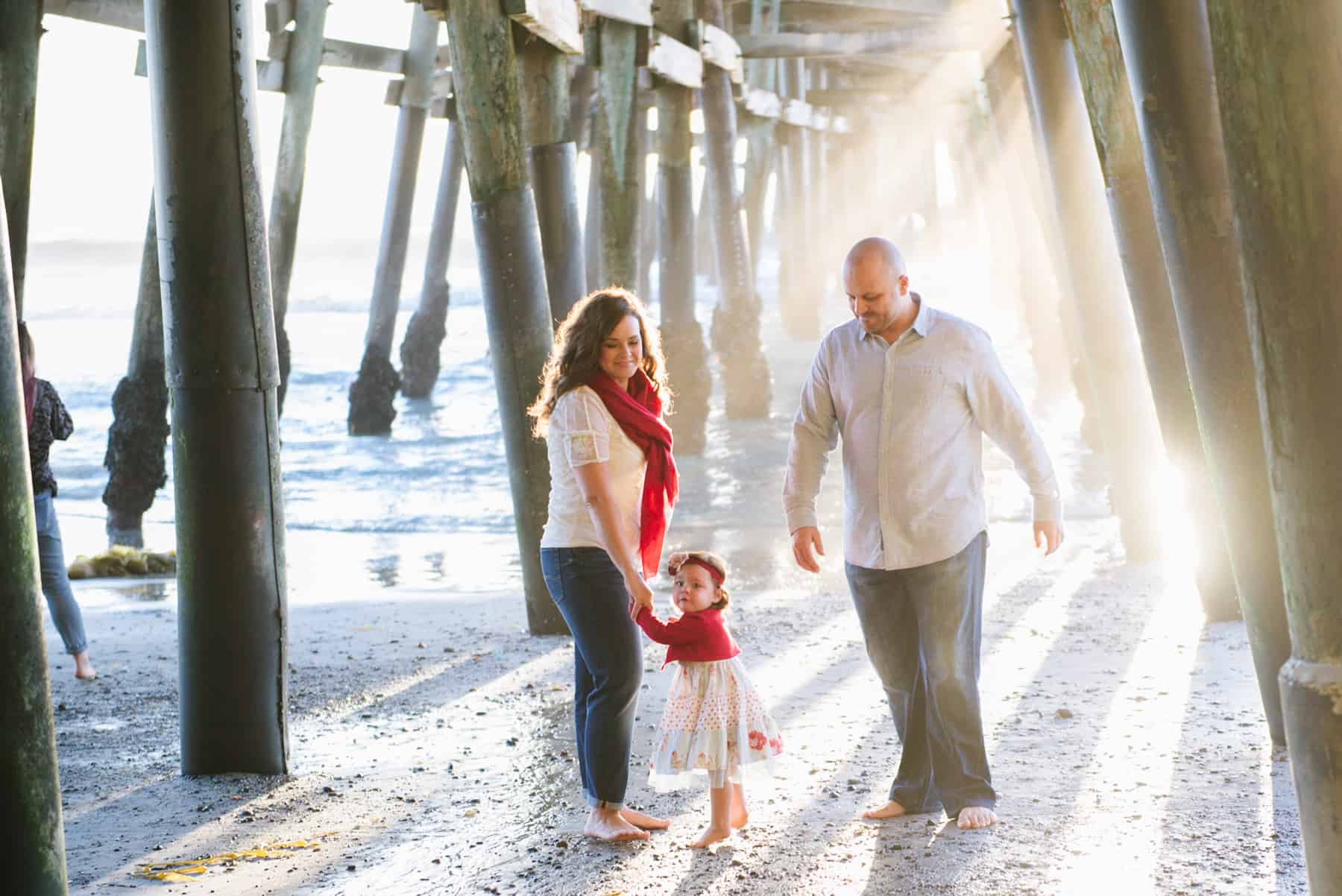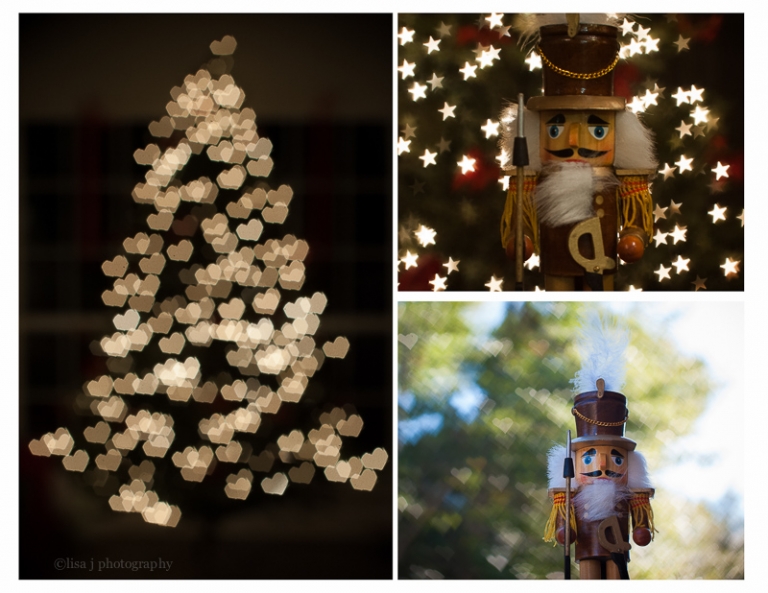Not all shadows are created equal. There are good shadows and there are bad or even….horrendous shadows that can make or break our photos. But which are the good ones and which are the bad ones? After reading this quick post you will know exactly the how to utilize shadows to add a lot of impact and intrigue to your photography!
But I thought shadows are bad and soft even light is the best?
The easiest light to work with, especially with any kind of portraits is soft, even light. This type of light is often found in open shaded areas during the day and also the reason why so many photographers love shooting in the mornings or the late afternoon near sunset or on cloudy days. This light is easy to work with because you don’t have to worry about shadows, at all. Because you are IN the shadows. Under a tree, next to a building etc… you’re in the shadow. The light is soft, pretty, easy but looses dimension and direction. It can be boring.
The light is soft, pretty, easy but looses dimension and direction. It can be boring.
What are bad shadows? Why are they bad?
Just as photographers love working in the morning and late afternoon hours, they typically don’t prefer working in midday harsh sunlight. Reason? Because of the harsh shadows that are often produced. When the sun is out and blaring in the midday hours you have to contend with the sun giving you undesirable shadows.
Here are some examples of the most common “bad shadows”
- Shadows under your subjects eyes (sun/light overhead)
- Shadows cast from one subject to the next person (sun/light to the side)
- Shadows slightly behind subject against wall from indoor harsh flash use (flash/light straight on indoors)
Tell me about good shadows!
Good shadows add to the scene or photo as a whole without detracting from the intended subject. Good shadows add dynamic, direction, impact and even mood. Most of the time, good shadows are a result from a strong directional light source from any side lighting.
Here are some visual examples of “good shadows” and photos that have a ton of impact from creative use of shadows.

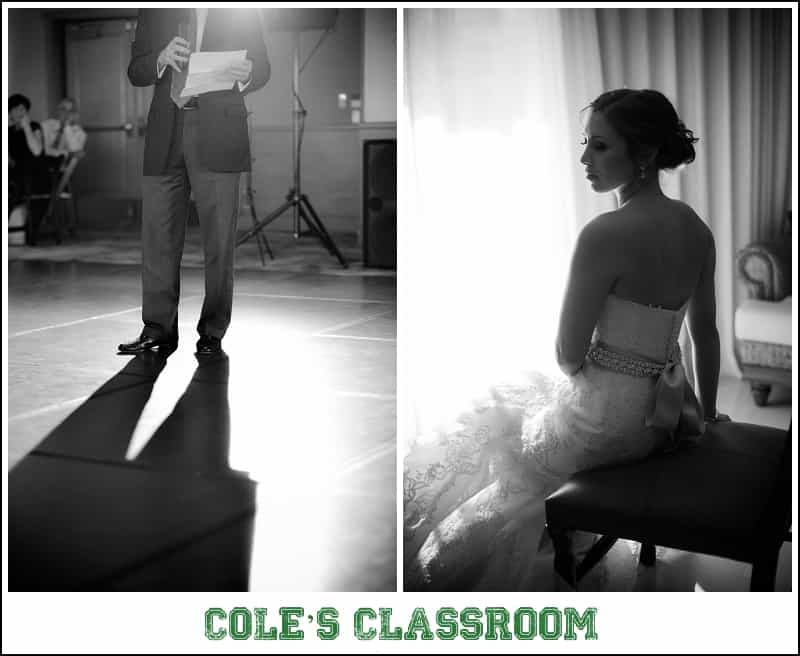
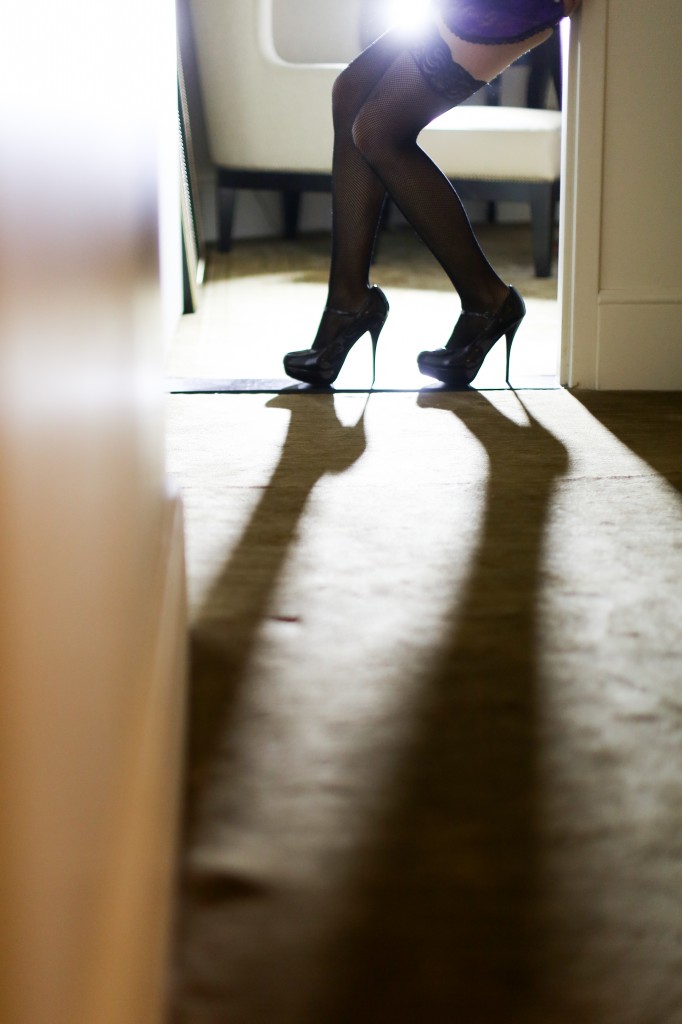
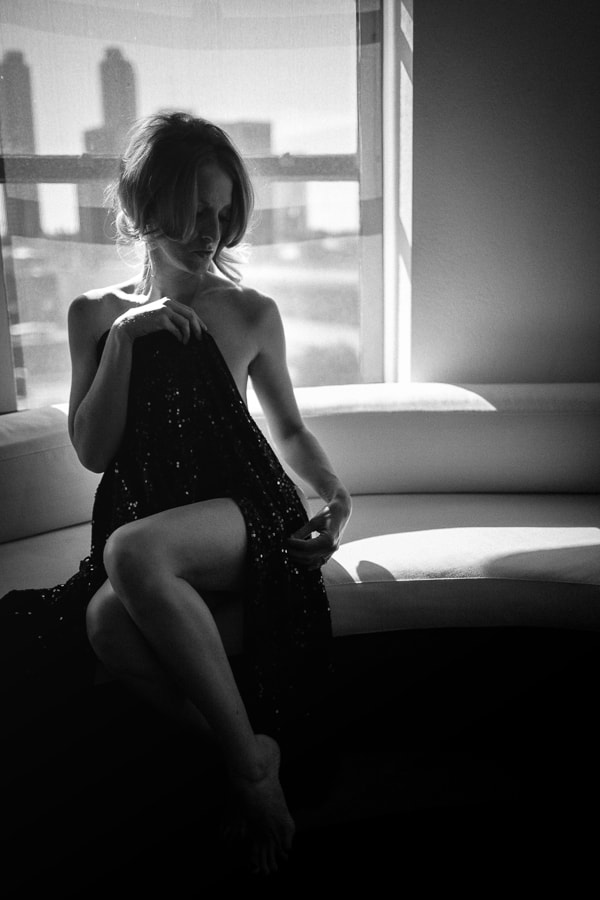
How can I create good shadows?
When dealing with nature (the sun) you don’t always have the amount of control over the positioning or direction of the light that you’d like or need. Many times it is easier to put the control in your own hands by using your own lighting to create your own shadows. Understanding how to use off-camera flash becomes a necessity in these situations. If you work in a studio, you can have complete control and create some really interesting shadows on a wall. If you are a wedding photographer, during a dark indoor or outdoor reception you can easily create some dynamic shadows by shooting at any angle to the off-camera flash, especially while turning off your on-camera flash.

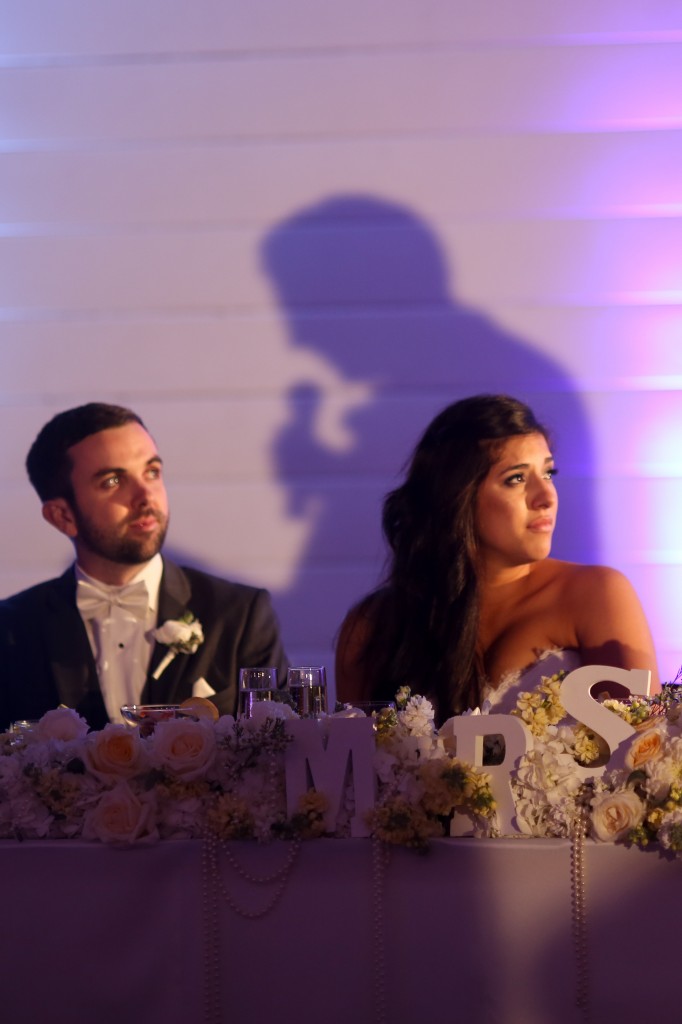
I hope you enjoyed this post and now have some additional insight or ideas with how you can use shadows within your photography to add impact, intrigue, dynamics and overall “wow” factor to your photos! A special thank you to fellow Cole’s Classroom classmates, Bryan with Red Tie Photography, Chris of Chris Wojdak Photography and Melissa of Melissa McClure Photography for submitting some of their gorgeous work to be featured for this post!
Have any questions, comments, concerns, or just want to say hello? (I love hellos!) I want to hear em…leave me a comment below and I’ll get back to ya!
Cole


